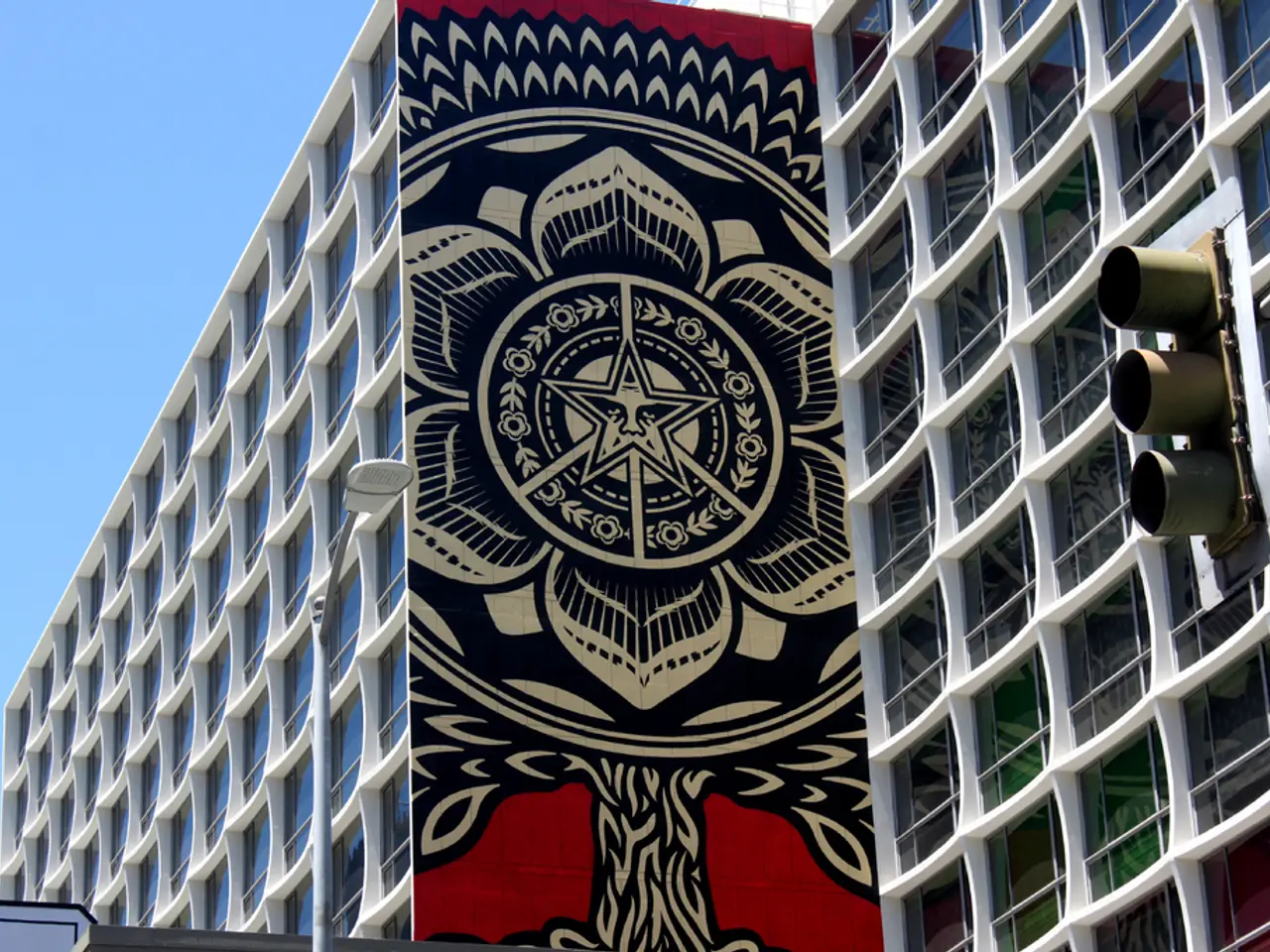Unveiling Current Trends: Redirection in Business Supply Chains!
In the dynamic world of business, supply chain management is undergoing a significant transformation. With a projected value of $50.02 billion in 2023, high-performance computing (HPC) is playing a pivotal role in modern supply chain solutions.
The backbone of this evolution is inventory control, which is being optimised through digital integration, sustainability, resilience, and strategic shifts like re-shoring and direct-to-consumer (D2C) models. These trends are reshaping global commerce profoundly.
Digital integration is leading the charge, with AI-powered decision-making, robotics, IoT, blockchain, and cloud platforms taking centre stage. AI and machine learning enable proactive operations, forecasting demand, optimising inventory, and managing disruptions with real-time data analytics. Robotics enhance warehouse efficiencies by automating repetitive tasks, supporting labor amid shortages. IoT devices track shipments continuously, providing real-time condition monitoring critical for sensitive goods like pharmaceuticals. Blockchain offers a transparent, immutable ledger for transactions, enhancing trust, preventing counterfeits, and streamlining compliance across the supply chain.
Sustainability is implicit in these technological advancements, as automation and real-time monitoring reduce waste and improve energy efficiency. Resilience is another central focus; companies employ risk management strategies and build agile, redundant supply networks to withstand disruptions caused by global economic volatility or geopolitical tensions.
D2C models are rising, reshaping fulfillment strategies by requiring more sophisticated last-mile delivery solutions and logistics flexibility. This emphasis on last-mile delivery stresses speed and reliability to meet growing consumer expectations for rapid delivery.
Re-shoring or nearshoring is gaining momentum as firms seek to minimise risks associated with distant global suppliers—such as geopolitical instability and long lead times—by relocating operations closer to home markets. This shift contributes to more resilient and responsive supply chains.
Collectively, these trends transform global commerce by fostering greater transparency, responsiveness, and collaboration across international supply networks. Real-time data visibility and secure information sharing improve decision-making and trust among partners, while resilience strategies mitigate risks of disruption. The move towards nearshoring also reshapes global trade flows, potentially reducing reliance on traditional offshore manufacturing hubs and adjusting global supply chain geographies.
The unique flora and fauna of the Galapagos archipelago serve as a natural lesson for businesses about resilience and adaptability. Just as each island in the archipelago represents a different supply node, companies that remain informed and agile, adapting to supply chain shifts, will not only survive but thrive in the new era of global commerce.
However, a disruption in one node of a supply chain can ripple through the entire system, similar to a perturbation in one island's ecosystem affecting the entire Galapagos archipelago. In 2022, global supply chain disruptions cost businesses an estimated $4 trillion in lost revenue, underscoring the importance of strategic planning and resilience.
In conclusion, supply chain management in 2025 is defined by strategic digital integration, sustainability efforts, resilient operations, evolving consumer models, and geographic reshaping through re-shoring—all of which are driving a more agile, transparent, and efficient global commerce environment.
- The integration of AI and machine learning in supply chain management enables proactive demand forecasting, optimizing inventory, and managing disruptions.
- In the modern supply chain, automation through robotics assists warehouse operations by automating repetitive tasks, aiding labor efficiencies during shortages.
- Sustainability is a critical concern in today's supply chain, with digital integration leading to reduced waste and improved energy efficiency.
- Supply chain optimization strategies prioritize resilience, with companies employing risk management strategies and building agile supply networks for disaster mitigation.
- The rise of ethical sourcing and nearshoring in the industry aims to minimize risks and disruptions associated with distant global suppliers, reshaping global trade flows and geographies.




